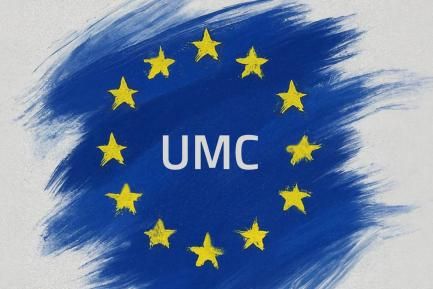The international financial crisis highlighted the need for a regulatory framework with specific powers and tools to intervene quickly in financial institutions facing problems at the lowest cost for the public treasury. With this aim in mind, in 2014 the EU approved the Bank Recovery and Resolution Directive (BRRD) and the government recently approved the law transposing this Directive into Spanish legislation.
This law contains two fundamental mechanisms to handle a situation of severe weakness in a financial institution: early intervention and resolution. It also sets up a preventative resolution authority (the Bank of Spain or BdE in Spanish) and an executive authority (Fondo de Reestructuración Ordenada Bancaria or FROB).
In the area of early intervention, the law requires all banks to draw up a precautionary recovery plan that must be approved by the supervisor (the ECB in the case of the 13 largest banks and the BdE for the rest). This plan must contain the actions that can be used by the institution (for example, in the area of capital and liquidity) to restore its financial position should this deteriorate. Early intervention will start at the request of the competent supervisor, when the bank fails to comply, or is expected not to comply, with solvency regulations but is expected to be able to comply with these in the future via its own means. Within this scenario, the supervisor can force the institution to adopt the measures contained in its recovery plan and also, if deemed necessary, make changes in the bank's strategy, remove members of the Board or management and, in more extreme cases, intervene in the bank should the previous measures turn out to be insufficient.
In the area of resolution, the Act requires the preventative resolution authority (BdE), under the direction of the Single Resolution Board at the European level and in collaboration with each bank, to draw up a resolution plan describing those actions which, if necessary, the executive resolution authority (FROB) can apply to «resolve» a bank. This plan shall not assume the existence of state financial aid. At the request of the relevant supervisor and after prior consultation with the BdE and FROB, the resolution process begins when a bank becomes no longer viable or is expected to become so in the near future, when this situation cannot be avoided using early intervention and when it is in the public interest to prevent the bank from going into liquidation. In such circumstances the FROB will replace the bank's governing body and will implement the resolution tools that are available and deemed necessary. The range of tools includes the sale of business, transferring its assets or liabilities to a bridge bank, transferring its assets or liabilities to an asset management company and internal recapitalisation or bail-in.
Undoubtedly the bail-in measure, which comes into force in January 2016 and requires a bank's creditors to absorb losses, is one of the cornerstones of the resolution framework. Thus, the bail-in establishes the elegible liabilities that can be written down or converted into capital to recapitalise the bank, following a pre-determined seniority and ranking: shareholders are the first to absorb losses, followed by holders of hybrid and subordinated debt, etc. Deposits up to 100,000 euros are guaranteed by the Deposit Guarantee Fund (DGF) and covered bonds guaranteed by a portfolio of mortgage loans are excluded from this list, among others.
Regarding the bail-in, as from January 2016 the resolution authorities must establish a minimum requirement for own funds and eligible liabilities (MREL) for each bank, based on its risk profile and other specific characteristics. The aim of the MREL is to ensure that the bank has enough capital and eligible liabilities to absorb losses as well as to adequately recapitalise once the resolution plan has been implemented. In any case this minimum requirement will be at least 8% of the bank's balance sheet.
When applying a resolution process, and after recurring to a minimum bail-in of 8% of the balance sheet, banks will be able to use the Resolution Fund (RF) set up by the sector to complete their recapitalisation needs, up to a maximum of 5% of their balance sheet. If more funds are required, the bail-in will continue to be applied following the pre-established seniority and ranking. In the unlikely event of guaranteed deposits being reached the DGF would assume the cost. There is also the option of using public funds instead of extending the bail-in to uncovered deposits to avoid financial instability situations. A state could use EU funds (ESM) from other countries under rules which have yet to be specified.
It seems evident that these resolution rules will result, as is the aim, in minimising the cost of possible banking crises for a country's public treasury. However, we must not forget that, in the short term, banks will have to issue new and relatively costly liabilities in order to meet the MREL requirements and that this will push up their funding costs, which could have adverse macroeconomic effects. Because, as is often quoted by economists, «there is no such thing as a free lunch».


